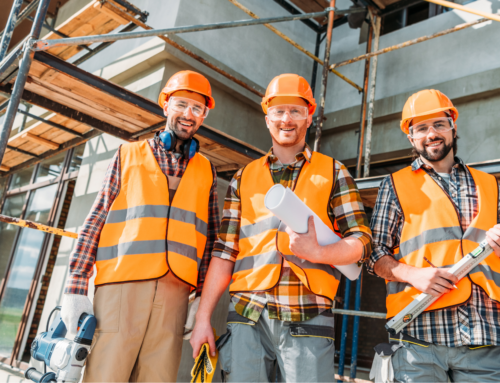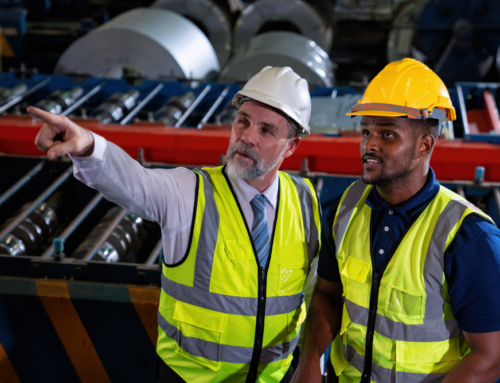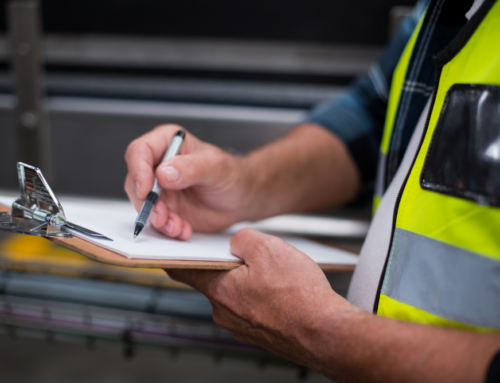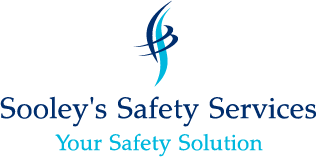Construction is one of the most dangerous industries to work in, with countless hazards that can put workers at risk every day. In order to ensure the safety of employees, it is crucial for construction companies to be aware of these hazards and take the necessary precautions to mitigate them.
Here are some of the top safety hazards in the construction industry:
Falls: Falls are one of the leading causes of death and injury in the construction industry. Whether from ladders, scaffolding, roofs, or other elevated surfaces, falls can result in serious injuries or even fatalities. It is important for construction companies to provide proper fall protection equipment, such as harnesses, guardrails, and safety nets, and ensure that workers are trained in how to use them correctly.
Struck by objects: Construction sites are often busy and crowded places, with heavy machinery and equipment moving around constantly. Workers can be struck by falling objects, such as tools, materials, or debris, or by moving vehicles or equipment. To prevent these accidents, it is essential to establish clear work zones, provide proper training to operators of heavy machinery, and require all workers to wear hard hats and other appropriate protective gear.
Electrocution: Construction sites often involve working with electrical wiring and equipment, putting workers at risk of electrocution. To prevent these accidents, it is important to ensure that all electrical systems are properly installed and maintained, to provide proper training on electrical safety, and to use insulated tools and equipment when working with electricity.
Caught in/between: Workers can also be at risk of being caught in or between machinery, equipment, or materials on construction sites. This can happen when equipment is not properly guarded, when workers are not properly trained on how to use machinery safely, or when workers are working in confined spaces. It is important for construction companies to establish proper safety protocols and procedures to prevent these accidents, including implementing lockout/tagout procedures and providing adequate training to workers.
Respiratory hazards: Construction sites often involve exposure to hazardous materials, such as dust, fumes, and chemicals, which can pose a threat to workers’ respiratory health. To protect the health of workers, it is important to provide proper ventilation, to use appropriate respiratory protection equipment, and to train workers on how to safely handle and dispose of hazardous materials.
The construction industry is rife with safety hazards that can put workers at risk of injury or even death. It is crucial for construction companies to be vigilant in identifying and mitigating these hazards, in order to ensure the safety and well-being of their employees. By hiring a safety consultant and providing proper training and safety protocols, construction companies can help prevent accidents, avoid hefty fines, and most importantly, create a safe work environment for their workers.







